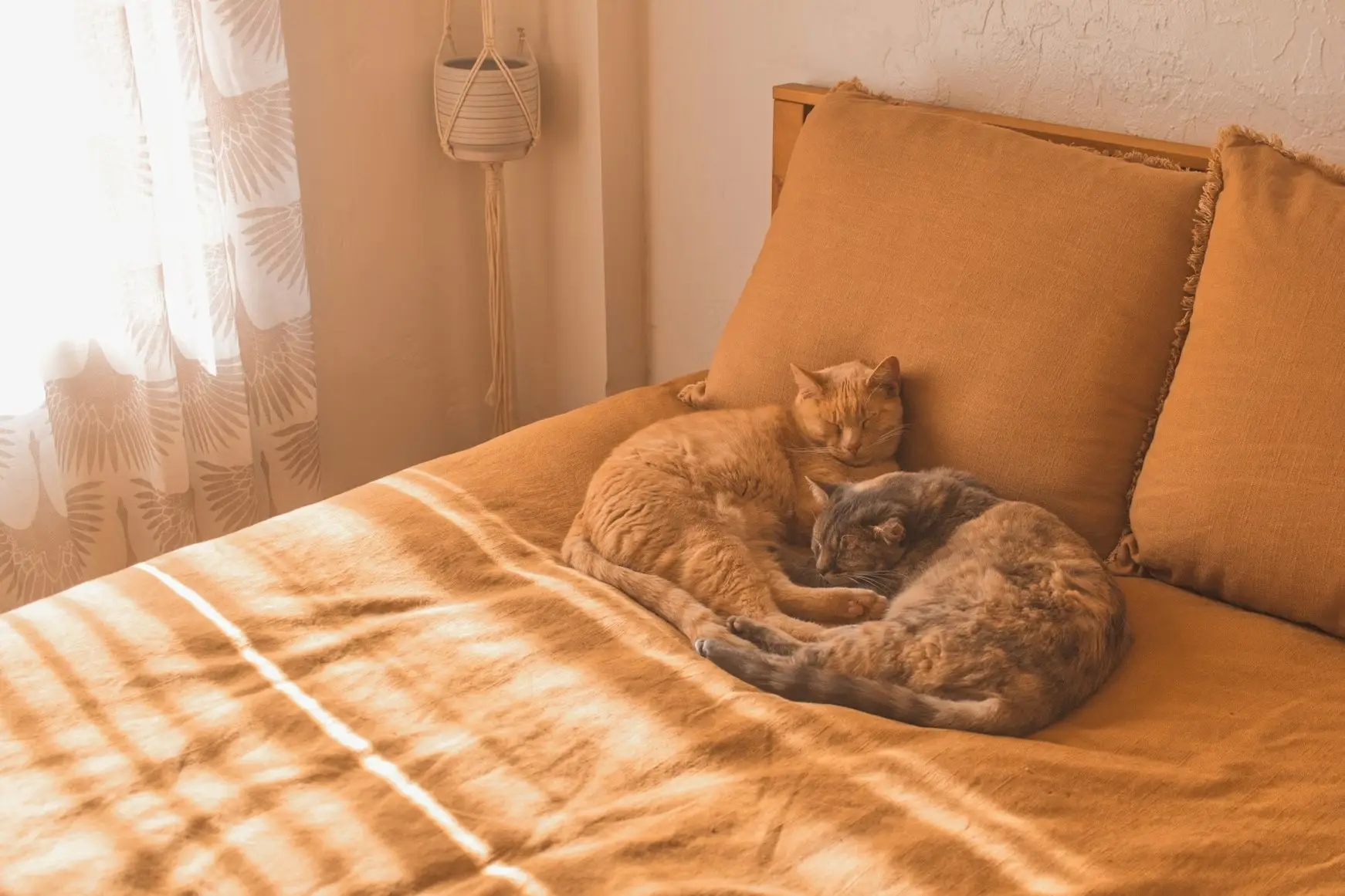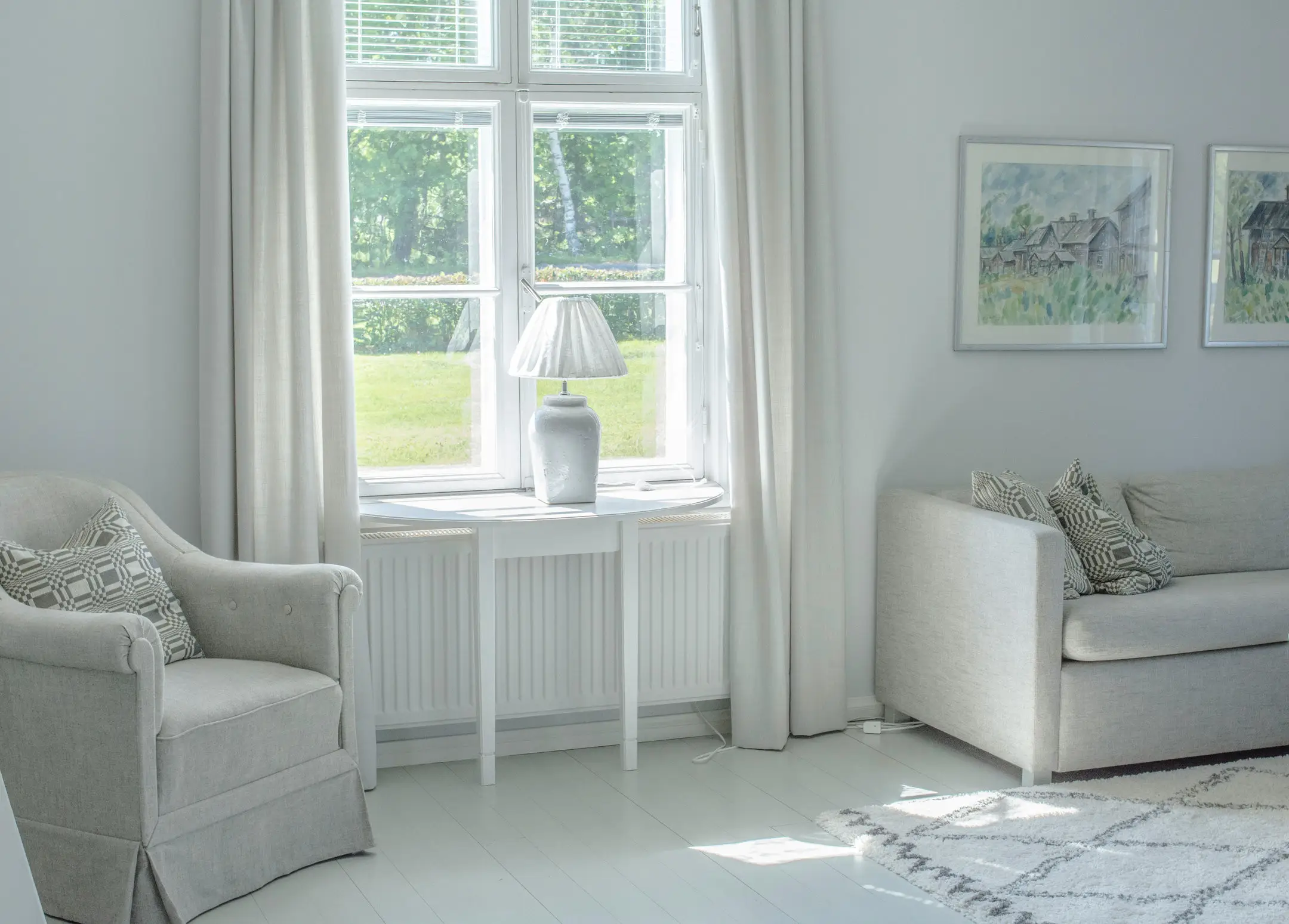
An Italian architect, Antonino Cardillo, has changed interior architecture forever with his texture. With a distinct desire to create a sensory room, Antonino Cardilo has used the ash from a volcano to create colour, smell and a history into the rooms he designs.
"This mineral dust was widely used in ancient Roman for building the largest constructions of the late-ancient era," said Cardillo. "The most famous one is the dome of the Pantheon in Rome."
Using the ash from the Mount Vesuvius volcano, and layering it over the walls as plaster is the ultimate sensory experience. Using grey carpet allows for a tone match between the two, however the contrast between the soft carpet and rough ash plaster allows for a nice contrast.
Its rugged walls, imprinted with gestures of the mason's trowel reveal the eroticism which was conveyed in the act of construction by the ancients,” said Cardillo.
The globes hanging from the roof were produced by glass artist Elliot Walker, with each vessel holding different fragrances held by a cork on the underside of the globe.
Closer to the earth within the grotto, visitors are invited to experience a rite: exploring their personal narrative, their personal journey among the thirty-seven invisible and concealed odorous places
Commisioned by the fragrance company, Illuminum, this concept has been built in Dover St, London – amongst some of the wealthiest households living in apartments in the world.
Antonino Cardillo was born in Sicily, and his architecture is considered some of the most thought-provoking and complex in the world.
Having trained in Palermo before moving to Rome to study classical architecture, he there built the House of Dust, an architectural work by which he experimented with unexpressed valences of past in a cohesive whole, rich in meanings.
Specialising in architecture and interior design, Antonino Cardillo now operates on a global scale, and his distinctive overtures have won him wide acclaim for their sensuous forms and tactile use of natural materials. Monolithic at times, shapely at others, Antonino Cardillo’s work bears more than a passing affinity to architecture of the ancients.


